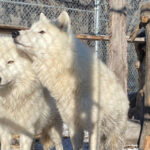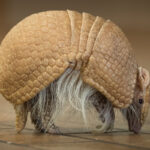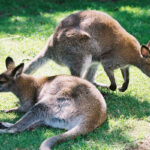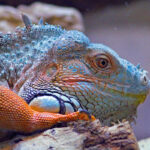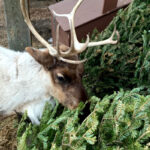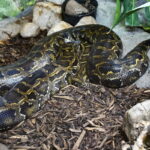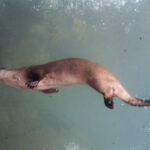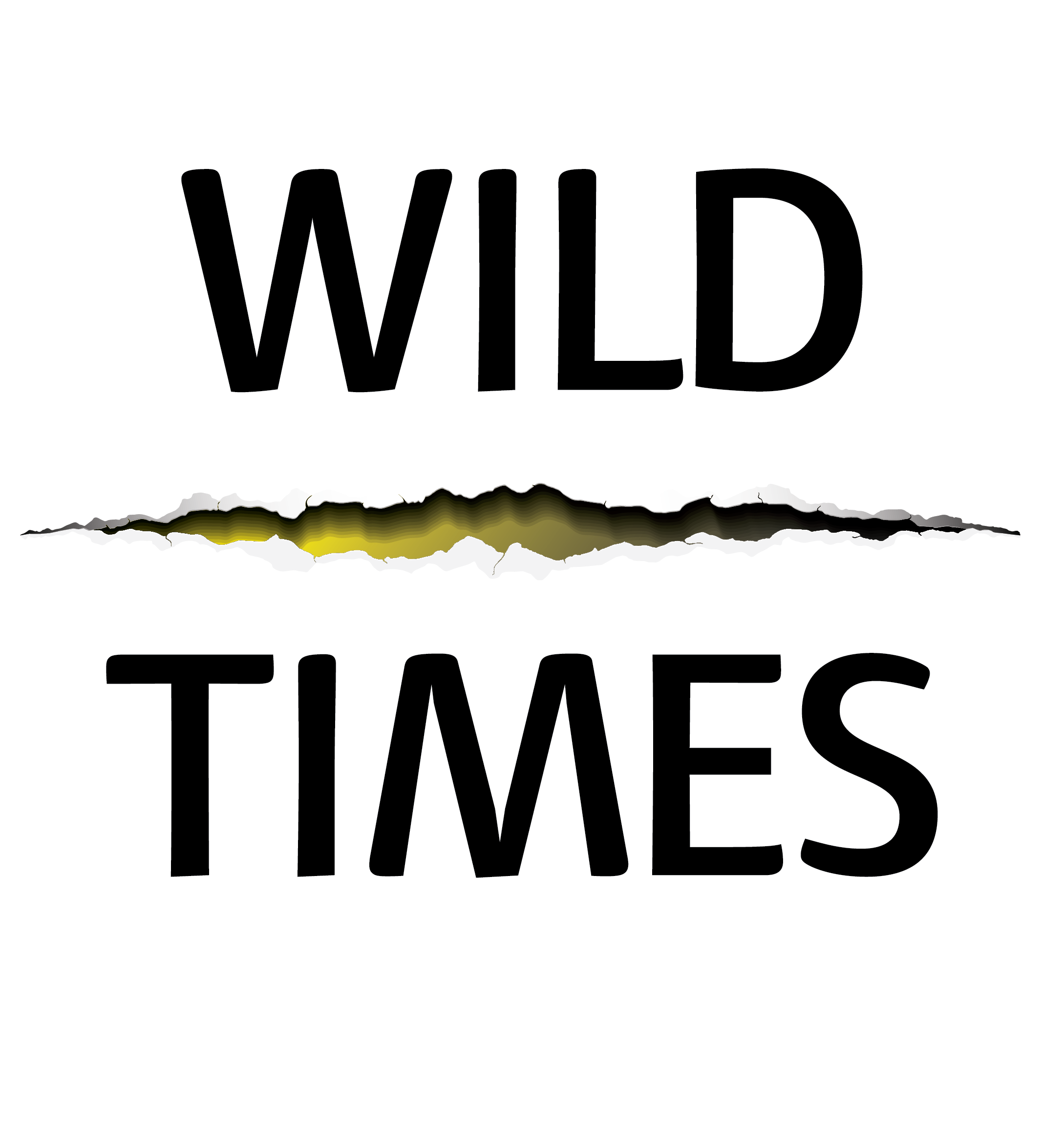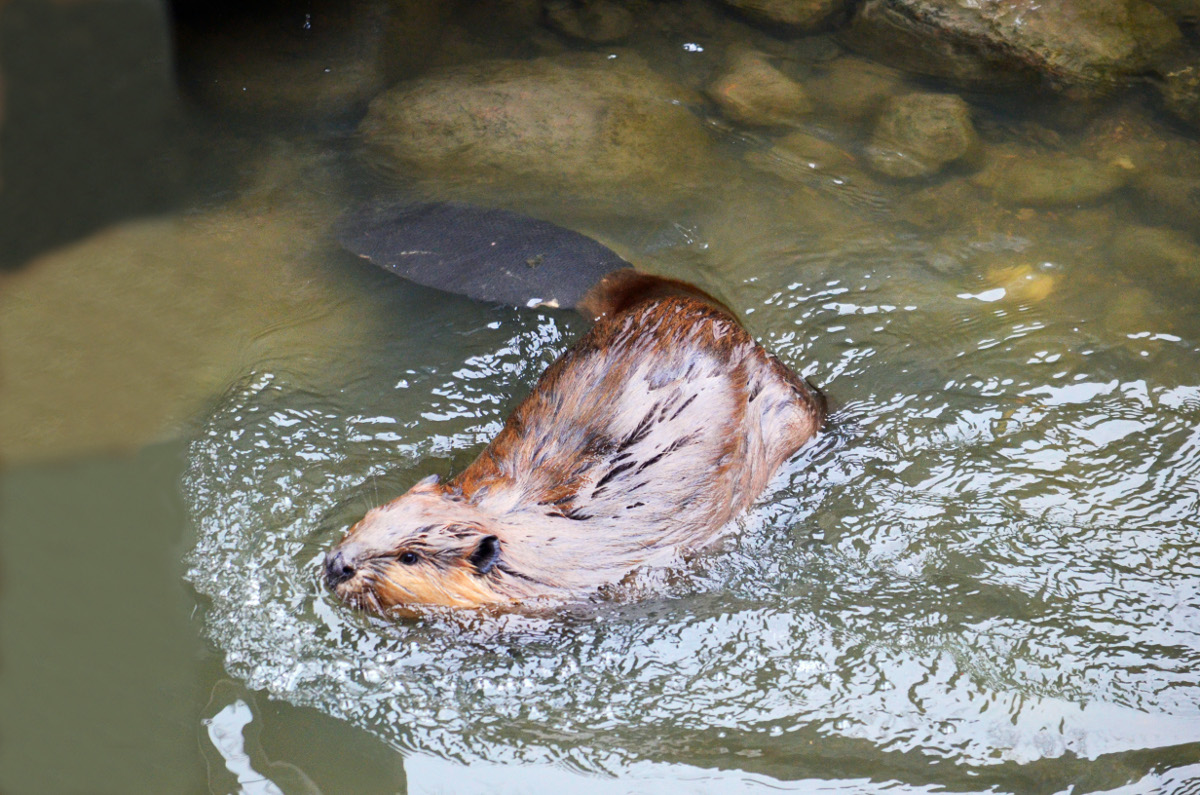With Canada day quickly approaching, we want to highlight some domestic animals who call Canada home! Today, we’ll introduce you to the beaver, which was declared Canada’s national animal in 1975.
Beavers are primarily aquatic animals and are the largest rodent in North America. They have a waterproof, rich, glossy reddish brown coat. It has been brought near to extinction in Europe and is not found in other areas of the world. Historically the beaver has had a significant relationship with humans in North America. Their fur is the primary reason Europeans explored western Canada and the primary reason for the establishment of Edmonton.
Ecologically, their impact on areas of human development and on natural spaces continue to the present day!
To non-Canadians, it might seem a little strange – why do we identify so strongly with this giant rodent with its protruding teeth? The answer is history, and fashion too! Beaver fur is waterproof, felts well, can easily be reshaped if squished, and is five to ten times more durable than felt made from sheep’s wool. The demand for beaver fur became so great that beaver quickly became overhunted in Europe, and suppliers had to look elsewhere. They ended up finding the beaver furs they needed right here in Canada. In order to get these furs, Europeans had to establish trading relationships with the indigenous peoples of Turtle Island. The fur trade lasted for more than 250 years, and while beaver fur hats are not the craze they once were, high quality felt hats (cowboy hats, fedoras, etc.) are still made with beaver felt.

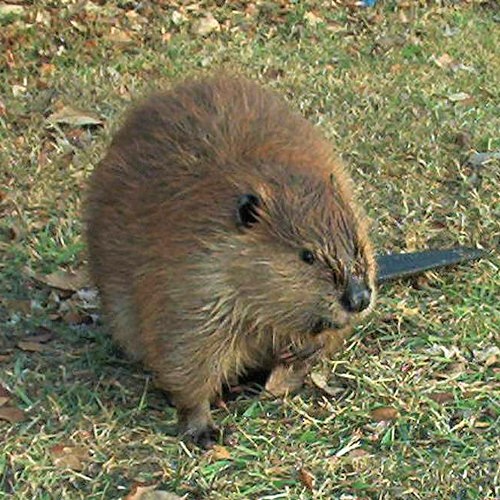
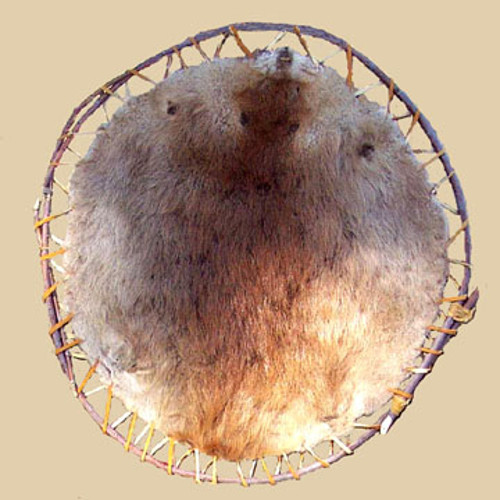
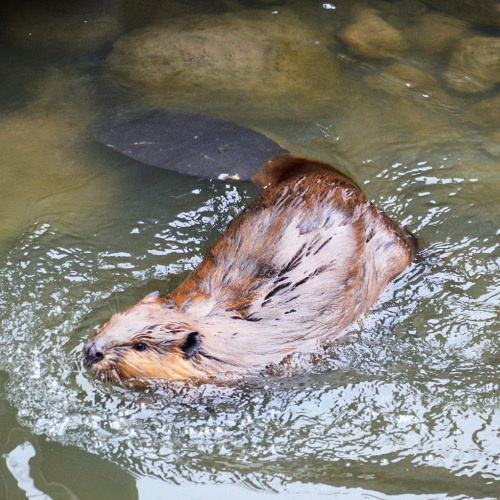
Beaver fur is also extremely warm. Beaver fur mitt inserts are an environmentally friendly alternative to single use hand warmers. You might be wondering – how is a product made from fur more environmentally friendly than chemical packets? It is because they are reusable and biodegradable, and beaver populations are extremely resilient. Not only that, the vast majority of those still hunting and selling beaver furs in Canada are its indigenous people, who ensure that the beavers are never over-hunted.
When you think about that cute little animal skimming through the water, what is the first thing you think of? That’s right – let’s talk about their teeth! They are not pearly whites, but orange in colour! That’s because the enamel that coats them is rich in iron compounds, the same element that makes rust orangy red. This iron makes their teeth incredibly strong, strong enough to chew down a tree. Have you ever cut down a tree, or chopped wood? If you have, you know that it is tough, physically draining work. Now imagine doing that with your jaws! Yet, despite this, beavers persist, which is why they have a reputation as one of the hardest workers in the animal kingdom.
Why do they take part in this agonizing work? Using their downed trees and mud, they create lodges. Surrounding their lodge, they create a dam in the water, acting as a moat, protecting themselves from large predators. This water also serves another purpose to the beavers – it works like a refrigerator! They store surplus trees they can’t eat right away into the cool water surrounding their lodge, which keeps it nice and preserved. That way, they can continue to have fresh food even in the dead of winter. Not only do they work hard, but they work smart!
Because beavers create dams in the water, they are crucial to their ecosystems. By creating bigger bodies of water with their dams, they provide water sources that other animals need in order to thrive. This need to build dams is innate!
While beavers may not appear to be the most noteworthy animal, Canadians should be proud to be associated with them. They are dedicated, incredibly smart, and they actively make the world around them a better place for others. What else can Canadians aspire to be?
